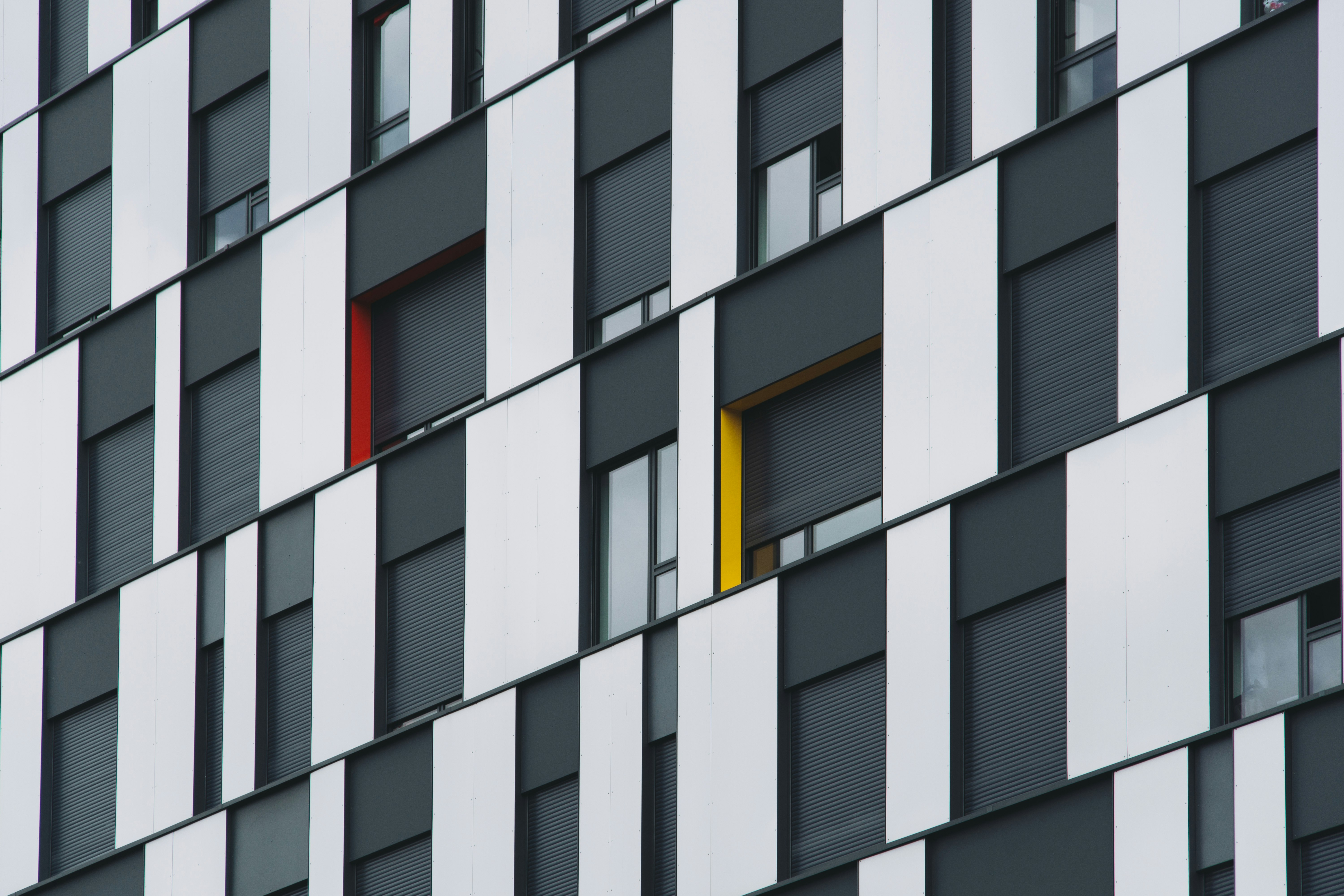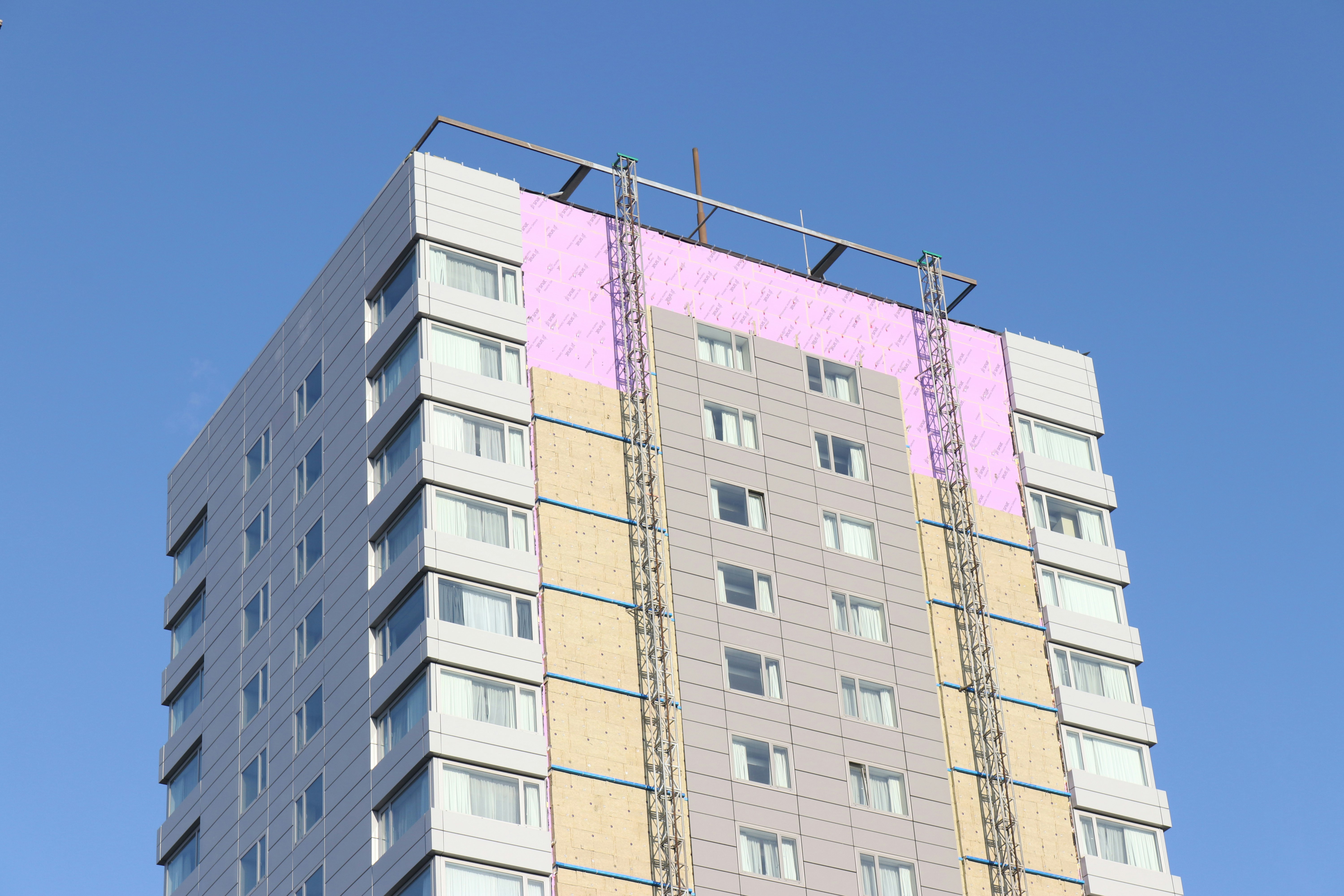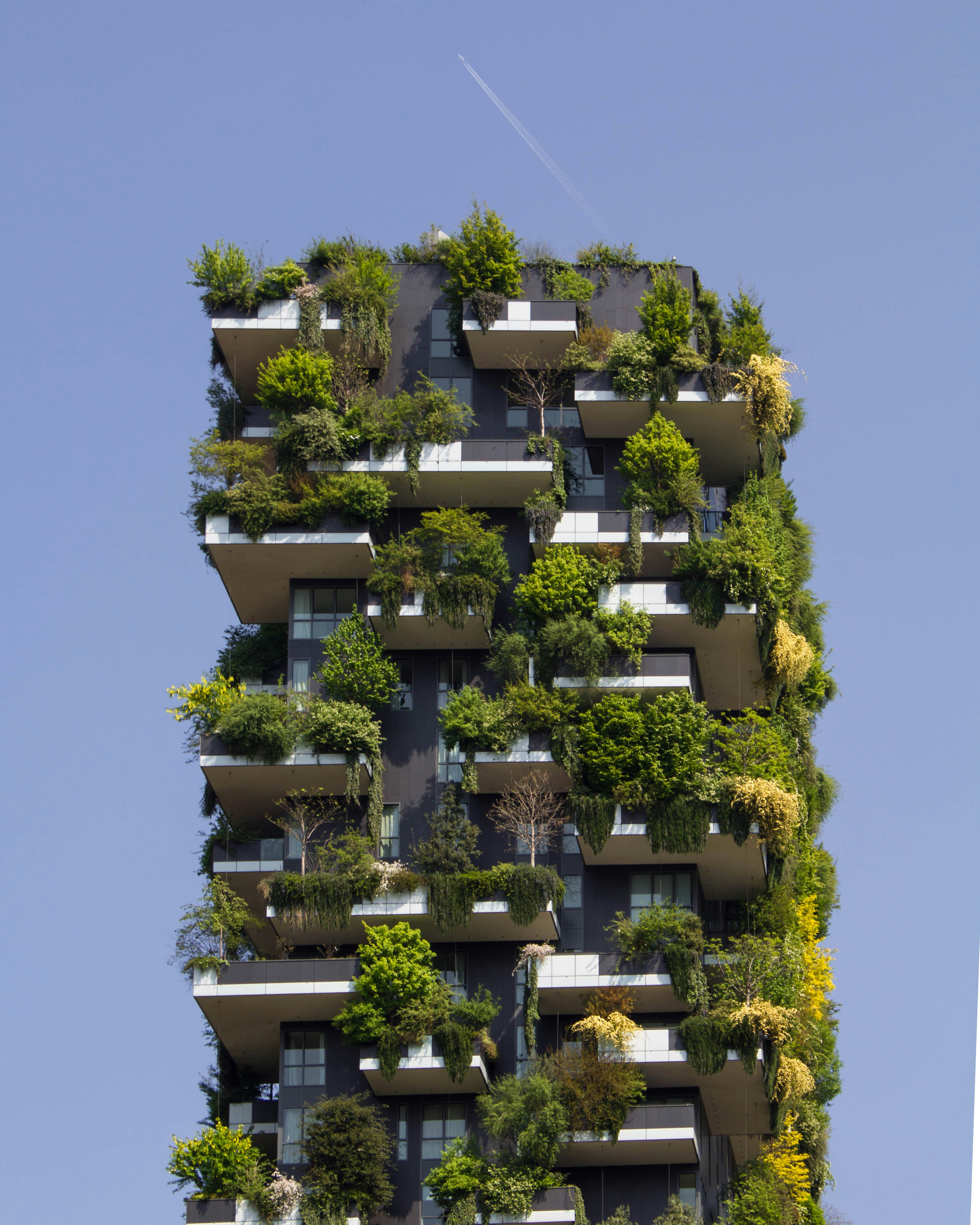According to the report, the U.S. now has 400,000 LEED-certified units, with a record-high 500,000 units across the globe. To that end, the World Green Building Council, with its European partners, launched a new initiative earlier this summer to support the green building sector by promoting energy efficiency geared mortgages.
Mahesh Ramanujam, president and CEO of the USGBC said green building correlates to better health from the inhabitants of the building. “One of the most important investments a person will make is in their home, and the quality of these spaces can have a direct impact on an individual’s health and well-being,” said Ramanujam. “As an industry, we want to find ways to raise everyone’s living standard, so we need to prioritize the construction and remodeling of homes so that they are not only environmentally friendly, but they also have the power to improve the quality of life for all human beings.”
State LEED-Certified Residential Units
- CA: 39,296
- TX: 24,598
- NY: 10,876
- WA: 10,521
- CO: 8,091
- NJ: 7,646
- OH: 7,402
- OR: 6,729
- MD 5,966
- :GA 5,891
According to the USGBC, LEED is the “most widely used green building rating system in the world.” The certification is available for nearly all types of buildings, neighborhoods, communities and cities.
“It can be difficult to see why prioritizing a green home is important, but the environmental and personal health outcomes are very real,” said Ramanujam. “Our own research tells us people understand reducing waste, conserving energy and water, and limiting our carbon footprint are important, but it can feel too daunting. By building and buying green homes we make those actions easier to do, while also creating a healthier, more sustainable environment for ourselves and future generations.”
The Environmental Protection Agency (EPA) has also stressed the importance of indoor air quality, noting good air can greatly improve health and well-being for occupants. According to the agency, U.S. residents spend close to 90% of their time inside, where pollutants can become concentrated. Further, those most likely to suffer adverse impacts from pollution, like the elderly or those with respiratory disease, are more likely to spend time indoors.
However, according to the EPA, if green-constructed building lacks proper air flow, the effects can actually be adverse. “Indoor concentrations of some pollutants have increased in recent decades due to such factors as energy-efficient building construction (when it lacks sufficient mechanical ventilation to ensure adequate air exchange) and increased use of synthetic building materials, furnishings, personal care products, pesticides, and household cleaners,” according to the organization.
The USGBC points out LEED certification is designed to mitigate indoor pollution, though. “LEED encourages design that maximizes indoor fresh air and uses materials that help reduce exposure to toxins and pollutants connected to asthma, allergies and other respiratory issues,” reads information from the group. In April, the USGBC opened up registration for the LEED v4.1 Residential, the most updated version of the rating system.












